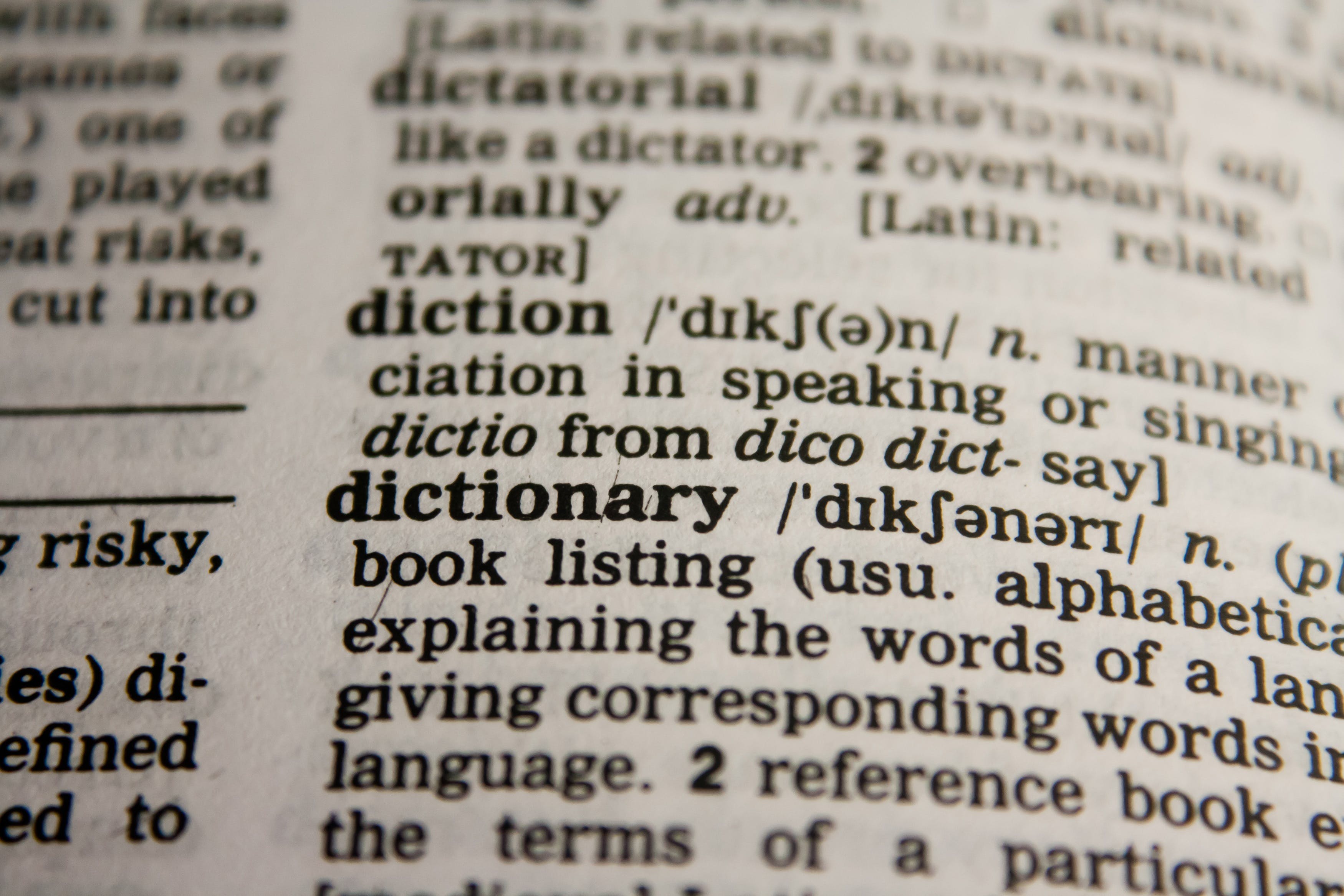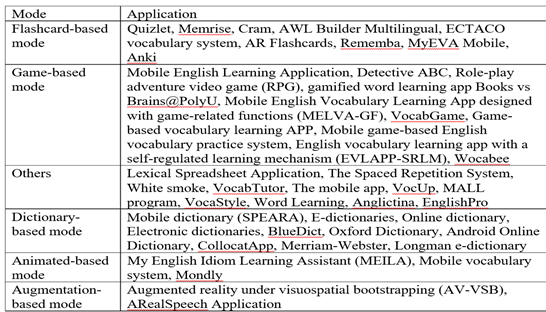CLIL and technology driven world
3. Digital Tools and CLIL Lesson
3.1. Vocabulary and Grammar

It is no surprise that vocabulary learning has the highest number of
available applications, given its crucial role in foreign language
acquisition. Various types of exercises, including descriptive,
video-based, multiple-choice, fill-in-the-blank, sorting, matching,
crossword, and translation exercises, offer diverse ways to practice and
learn new words.
Free
software like HotPotatoes and platforms like EduPage enable teachers to
create customized exercises, while commercial applications provide
additional options for both educators and students.
Vocabulary Learning-Designed Applications in the CLIL Context

Source: Alhuwaydi, 2022, Lei, et al., 2022
Quizlet is a versatile flashcard tool designed for memorizing vocabulary or any other content teachers wish to reinforce. Teachers can create sets of terms and definitions, accessible to students for studying in multiple modes.
WocaBee offers class management features, allowing teachers to add word packages, practice vocabulary, assign homework, and even teach pronunciation using pictures, catering to younger learners.
Vocup serves as a vocabulary trainer, enabling users to compile digital vocabulary books, share them with others, and track their progress, including monitoring mistakes.
Merriam-Webster and Longman e-dictionaries provide comprehensive definitions, including collocations and idioms, along with correct pronunciation and engaging word games, benefiting language learners. While not specifically designed for language acquisition, they remain valuable resources.
Mondly, similar to DuoLingo, is ideal for individual learners, offering comprehensive practice in reading, writing, speaking, and listening skills across various topics such as business, family, travel, restaurants, and emergencies.